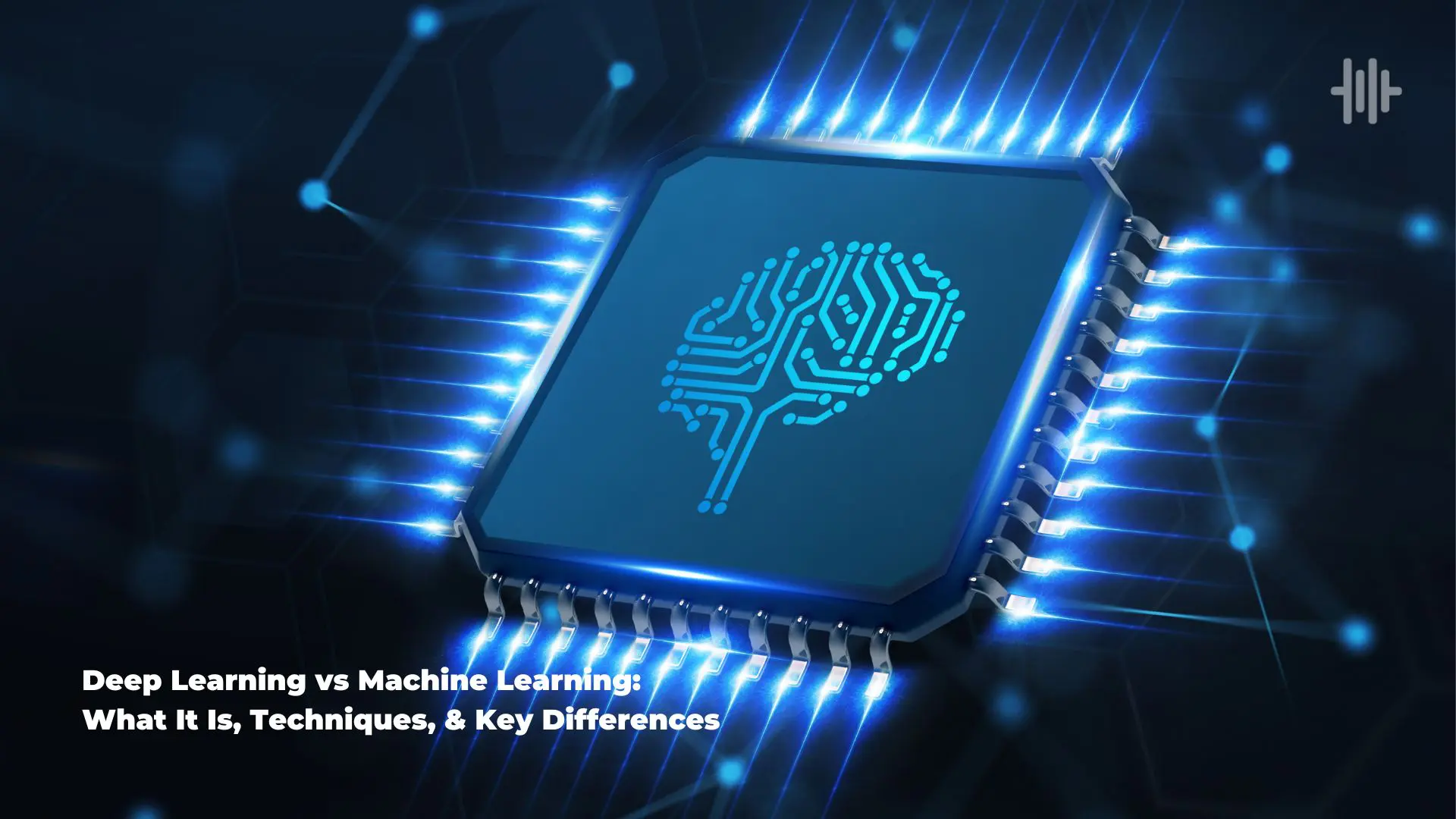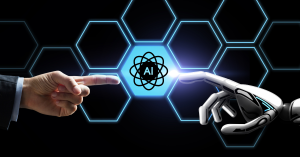In the rapidly evolving landscape of artificial intelligence (AI), two terms frequently emerge: Deep Learning vs Machine Learning. While they both contribute to the AI domain, they are distinct approaches with unique techniques and applications.
Understanding the differences between these two paradigms is essential for anyone looking to navigate the complexities of AI effectively.
Defining Machine Learning
Machine learning, at its core, involves algorithms that learn from data. It’s about creating models that improve their performance over time based on exposure to more data. These algorithms are trained on historical data to make predictions or decisions, forming the foundation of various AI applications.
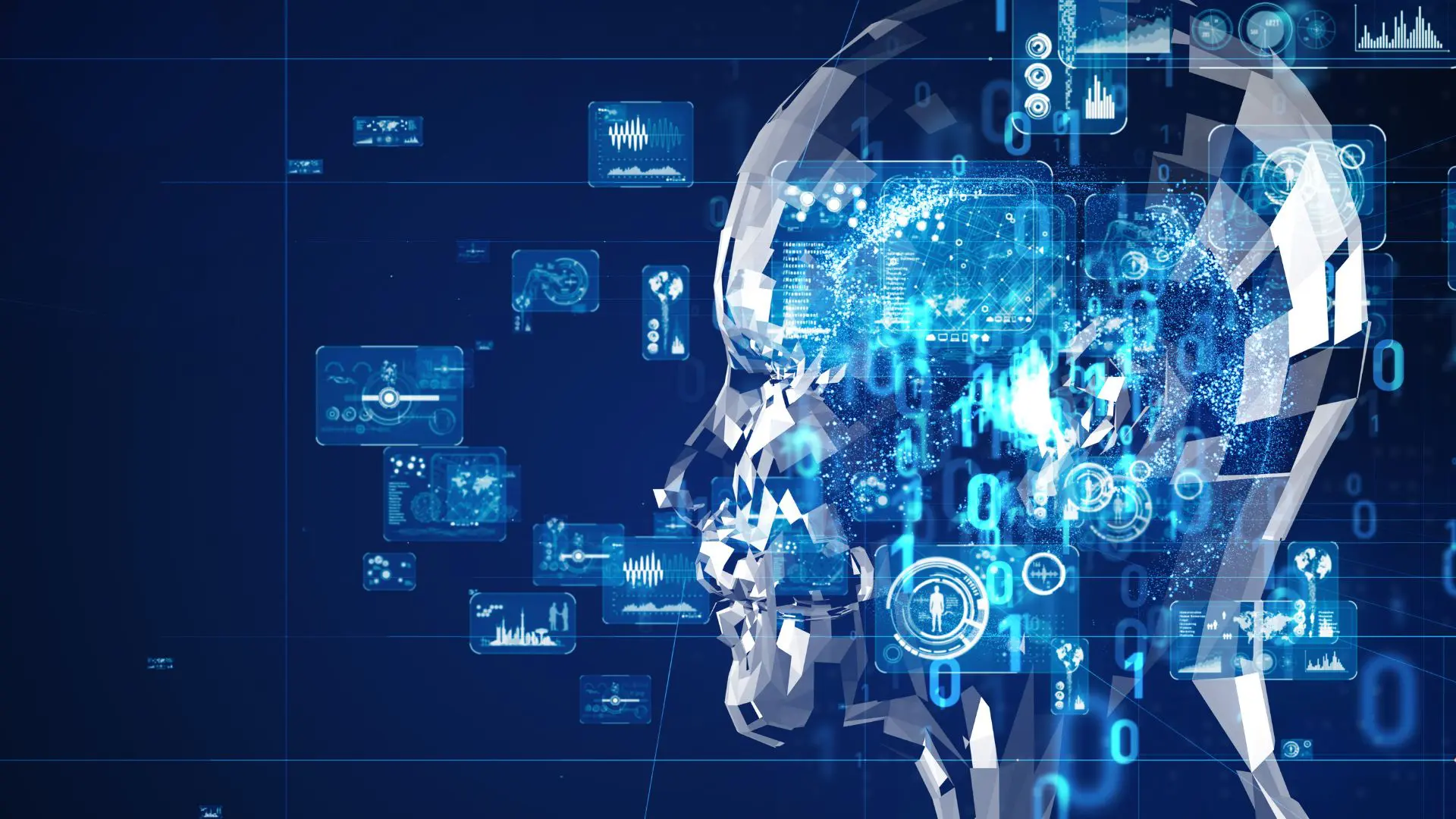
Techniques like supervised learning, where the algorithm learns from labeled data, unsupervised learning that discovers patterns in unlabeled data, and reinforcement learning, which mimics trial-and-error learning, constitute the pillars of machine learning.
Exploring Deep Learning
Deep learning takes machine learning to another level by leveraging neural networks with multiple layers. These networks, modeled after the human brain, allow the system to automatically learn representations of data. This enables deep learning algorithms to automatically extract relevant features from raw input, eliminating the need for manual feature engineering.
Deep learning has revolutionized fields like image recognition and natural language processing, achieving remarkable accuracy in tasks like image classification, speech recognition, and language translation.
Related Post 👉 What is MLaaS? Machine Learning as a Service meaning
Techniques in Machine Learning
Machine learning encompasses a diverse range of techniques tailored to various tasks. Regression, for instance, predicts numerical values based on historical data, while classification assigns data points to predefined categories. Clustering groups similar data points together, and dimensionality reduction reduces complex data while preserving its essence. These techniques power recommendation systems, financial predictions, and countless other applications.
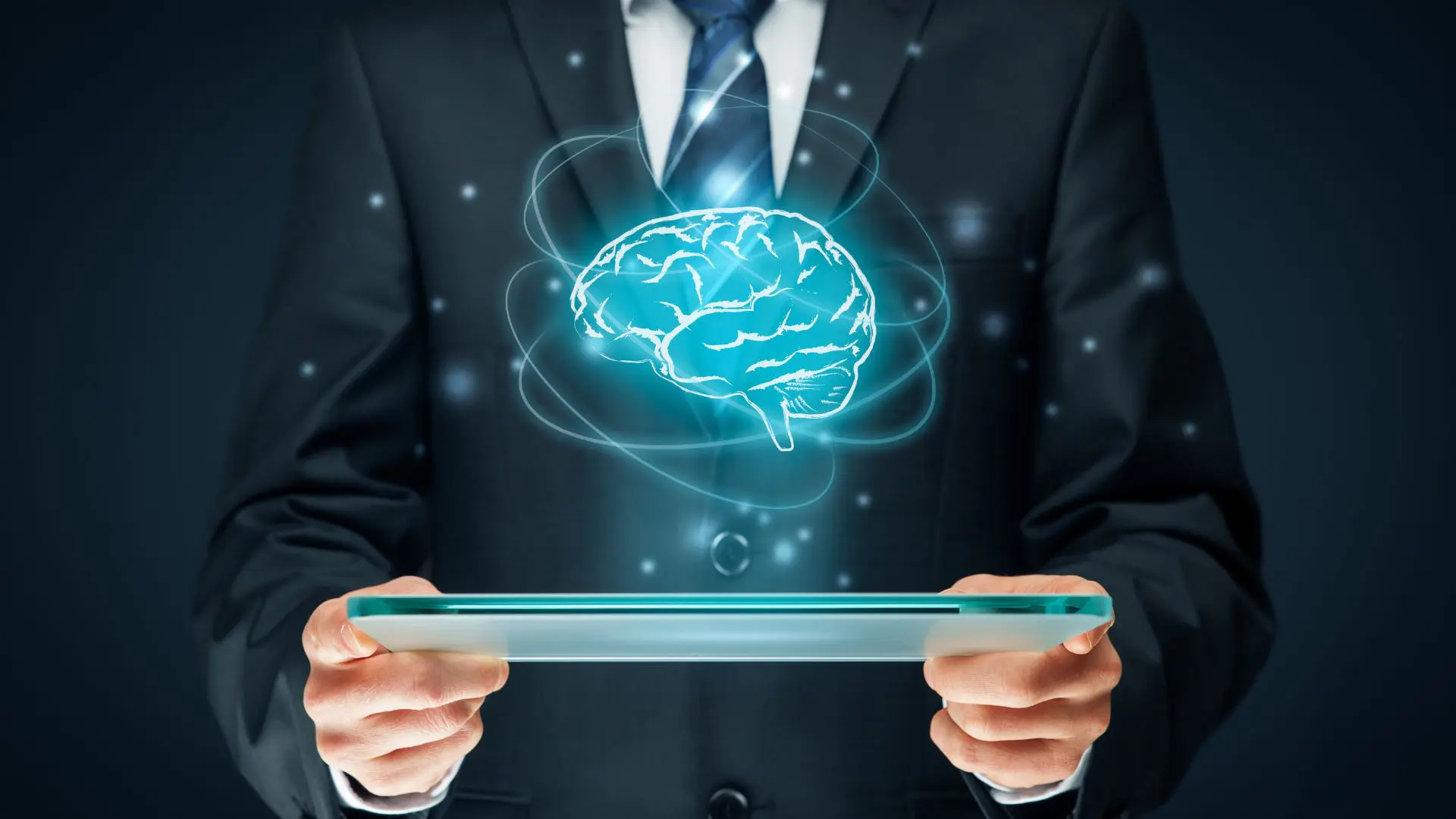
Techniques in Deep Learning
Deep learning techniques include convolutional neural networks (CNNs) for image analysis, recurrent neural networks (RNNs) for sequence data, and generative adversarial networks (GANs) for content generation.
CNNs excel in tasks like image classification, identifying patterns in images with impressive accuracy. RNNs, on the other hand, are adept at sequential data analysis, making them ideal for tasks like language translation and text generation.
GANs, known for their innovative use in creating lifelike images and videos, combine two neural networks in a competitive scenario. Imagine combining Deep Learning vs Machine Learning techniques.
| Machine Learning Techniques | Deep Learning Techniques |
| Regression: Predicting numerical values based on historical data. For example, predicting house prices based on features like location, size, and number of rooms. | Convolutional Neural Networks (CNNs): Analyzing images and visual data. CNNs learn to identify patterns in images, making them ideal for tasks like image classification, object detection, and facial recognition. |
| Classification: Assigning data points to predefined categories. For instance, classifying emails as spam or not spam based on their content. | Recurrent Neural Networks (RNNs): Handling sequence data. RNNs are used for tasks that involve sequences, like language translation, speech recognition, and text generation. They remember previous inputs, making them suitable for tasks with temporal dependencies. |
| Clustering: Grouping similar data points together based on their attributes. Used in customer segmentation, where customers with similar purchasing behavior are grouped together. | Generative Adversarial Networks (GANs): Generating new content. GANs consist of two networks, a generator and a discriminator, competing against each other. They are employed in generating images, videos, and even music. |
Key Differences Between Deep Learning and Machine Learning
Understanding the differences between these two approaches is pivotal. Deep learning’s primary distinction lies in the depth of architecture, with multiple layers of neural networks. Deep learning automates feature extraction, learning hierarchies of features from raw data.
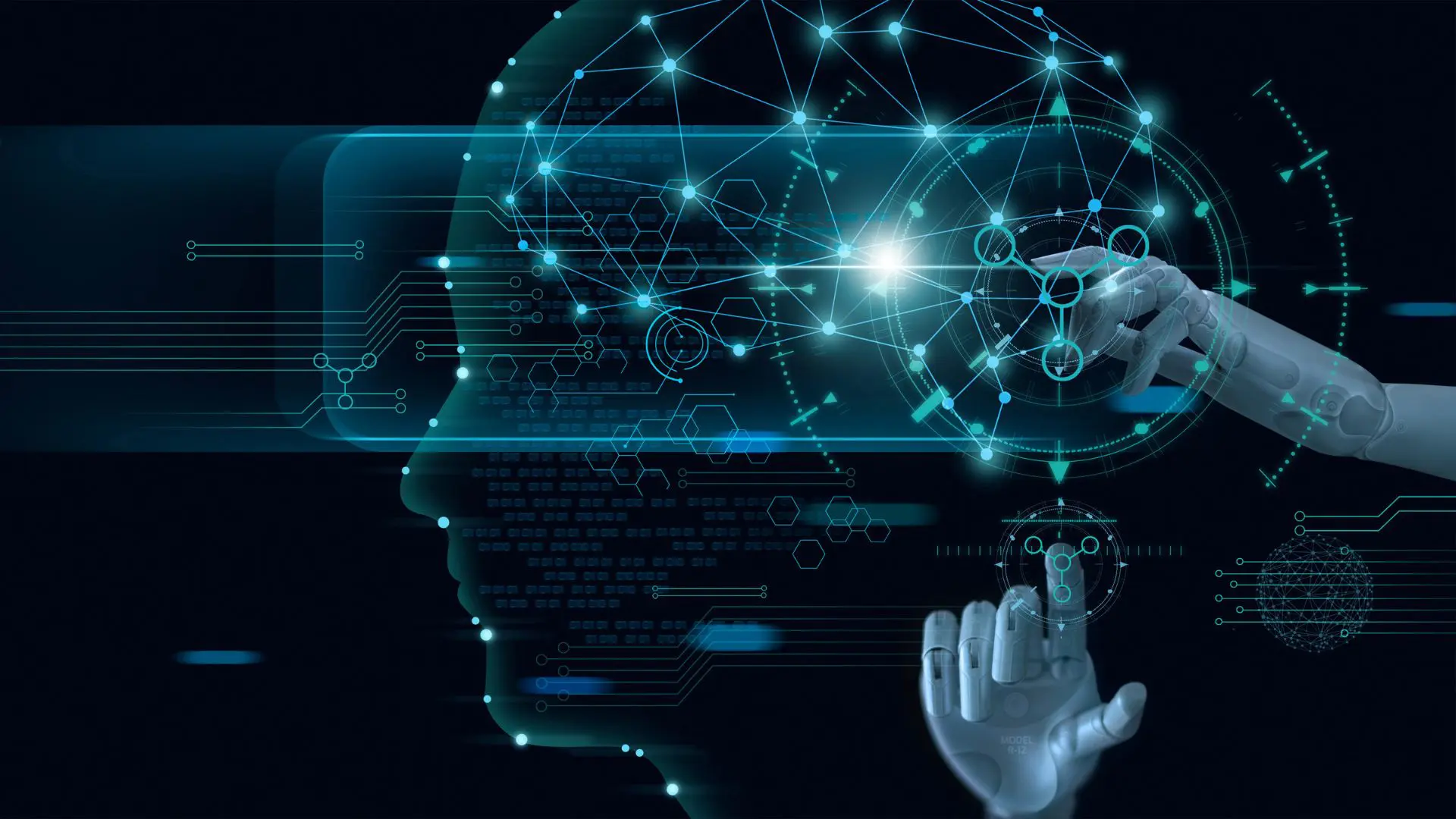
While deep learning often achieves higher accuracy, it requires substantial computational resources and extensive datasets. Machine learning, on the other hand, involves manual feature engineering and is generally more interpretable, but it may not achieve the same level of accuracy.
| Deep Learning | Machine Learning |
| Utilizes neural networks with multiple layers to automatically learn features from raw data. | Involves algorithms that learn from data and require manual feature engineering. |
| Well-suited for complex tasks that involve large datasets and intricate patterns. | Suited for simpler tasks and can work well with smaller datasets. |
| Requires substantial computational resources and extensive datasets. | Requires moderate computational resources and can handle smaller datasets. |
| Achieves high accuracy in tasks like image recognition and natural language processing. | Balances accuracy with interpretability, making it suitable for various tasks. |
| Used in tasks like image and speech recognition, language translation, and content generation. | Applied in recommendation systems, fraud detection, and healthcare diagnostics. |
Use Cases and Applications
Machine learning finds applications in recommendation systems (think Netflix suggestions), fraud detection, and healthcare diagnostics. Deep learning, due to its ability to capture intricate patterns, excels in image recognition (as seen in self-driving cars), natural language understanding (like chatbots), and even creating art through GANs.
Selecting the Right Approach
Choosing between deep learning and machine learning depends on the problem at hand. Machine learning might be suitable for tasks with limited data, while deep learning shines when vast datasets are available. Consider the complexity of your problem, available resources, and the trade-off between accuracy and interpretability.
Related Post 👉 Choosing the Right IT Outsourcing Partner: Key Factors for Success

Future Trends
The future of AI is exciting, with trends like transfer learning and explainable AI gaining traction. Transfer learning involves reusing knowledge from one task to solve related problems, while explainable AI focuses on making AI decisions understandable to humans. As the AI landscape evolves, understanding both deep learning and machine learning will remain crucial for informed decision-making and innovation.
If you’re intrigued by the possibilities of AI and need experts to guide your journey, ParallelStaff can provide you with the right talent for both Deep Learning vs Machine Learning projects. Our team of experts can help you harness the power of AI and drive innovation in your business.
